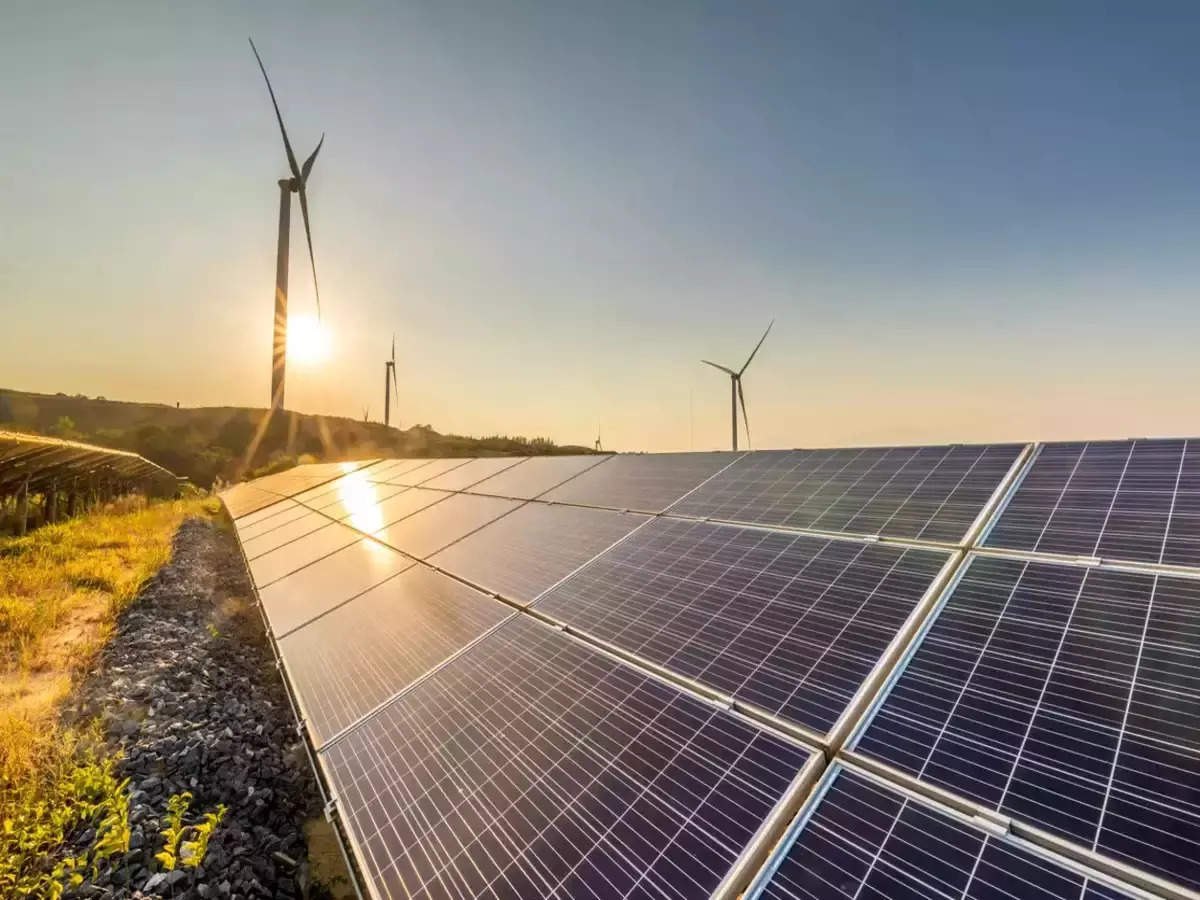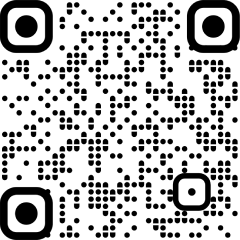
In a time characterized by heightened awareness of climate change and the pressing need for sustainable energy solutions, the renewable energy sector is taking centre stage. Governments, industries, and consumers worldwide are spearheading a shift towards cleaner, more environmentally friendly alternatives to traditional fossil fuels. India, in particular, is making significant strides towards its goal of sourcing 50 percent of its energy from renewable sources and achieving a non-fossil energy capacity of 500 gigawatts by 2030. This ambitious objective demands a collaborative effort across various industries, with a focus on identifying new opportunities and developing innovative solutions to propel the nation towards a more sustainable future.
At the core of this transition is aluminium extrusion, a highly versatile material with vast potential to support renewable energy initiatives and drive progress in this crucial endeavour.
Unveiling the Potential of Aluminium Extrusion in Renewable Energy
In the quest for sustainable energy solutions, the world seeks a versatile, resilient, and lightweight material to drive innovation. Engineered aluminium emerges as a pivotal element in advancing eco-friendly renewable energy initiatives.
Aluminium extrusion, a process of shaping aluminium alloys into desired profiles under high pressure, stands at the forefront of this development. This method offers a host of benefits, endowing aluminium with unique properties such as corrosion resistance, lightweight construction, and exceptional conductivity—making it an ideal candidate for various renewable energy applications.
Furthermore, aluminium exhibits remarkable recyclability, allowing it to be repurposed indefinitely without compromising its intrinsic qualities. Approximately 75 percent of all Aluminium ever manufactured remains in use, underlining its sustainability credentials.
As burgeoning renewable energy markets continue to grow, aluminium extrusion products are poised to address the distinctive challenges faced by these industries, offering innovative solutions for sustainable energy generation.
Utilizing Aluminium Extrusion in Hydropower Infrastructure
Aluminium extrusion plays a crucial role in the development of hydropower infrastructure, offering a lightweight yet durable solution for various components within hydroelectric projects. Turbine blades benefit from aluminium extruded profiles, providing lightweight yet durable solutions capable of withstanding the forces exerted by flowing water.
Additionally, extruded aluminium profiles are employed in the construction of structural frameworks for various components within the hydropower plant, such as sluice gates, penstocks, and intake structures. These profiles provide strength and corrosion resistance while being relatively lightweight.
Overall, aluminium extrusion provides the necessary strength, corrosion resistance, and versatility required for the construction and maintenance of sustainable energy infrastructure in the realm of hydropower.
Elevating Solar Power Efficiency with Extruded Aluminium
In the realm of solar energy, extruded aluminium products play a pivotal role in the production of photovoltaic (PV) solar panels. Aluminium-based components, including frames and mounting structures, constitute approximately 85 percent of the materials used in PV systems.
These aluminium alloy frames provide robust structural support for solar panels, while extruded mounting systems facilitate their installation, ensuring optimal placement for maximum sunlight exposure. Particularly in utility-scale solar farms, these extruded products offer unique benefits such as structural integrity, thermal conductivity, and corrosion resistance. These exceptional properties enhance overall performance and durability, thereby optimizing the efficiency of solar energy generation.
The Role of Aluminium Extruded Products in Wind Energy
Aluminium extruded products are essential components in wind energy, significantly boosting turbine efficiency and performance. Utilizing lightweight aluminium alloys in the construction of wind turbine blades has become increasingly prevalent. These alloys offer an exceptional strength-to-weight ratio, allowing for the creation of larger and more efficient blades capable of harnessing greater wind energy.
Moreover, aluminium extruded components find extensive application in turbine tower platforms, particularly in offshore wind farms. The corrosion resistance and durability of aluminium make it an ideal material for such environments, ensuring the longevity and reliability of wind energy infrastructure.
With India ranking as the fourth-largest nation in terms of installed onshore wind energy capacity, reaching a total of 42.8 GW in April 2023, the utilization of aluminium extruded products is poised to drive significant advancements and innovations in the wind power industry.
Revolutionizing the Renewable Energy Landscape
The evolution of aluminium extrusion technology is poised to revolutionize the renewable energy landscape, offering sustainable solutions across various sectors including wind, solar, and hydroelectric power generation. As we continue to harness the potential of engineered aluminium, we pave the way for a greener future, where renewable energy infrastructure stands as a beacon of innovation and sustainability.
With ongoing research and development efforts driving advancements in extrusion processes, the future holds promise for even lighter, stronger, and more eco-friendly components, further solidifying aluminium’s role in shaping the renewable energy industry for generations to come.
(The author is Senior Vice President, Corporate Affairs, Jindal Aluminium; Views are personal)


